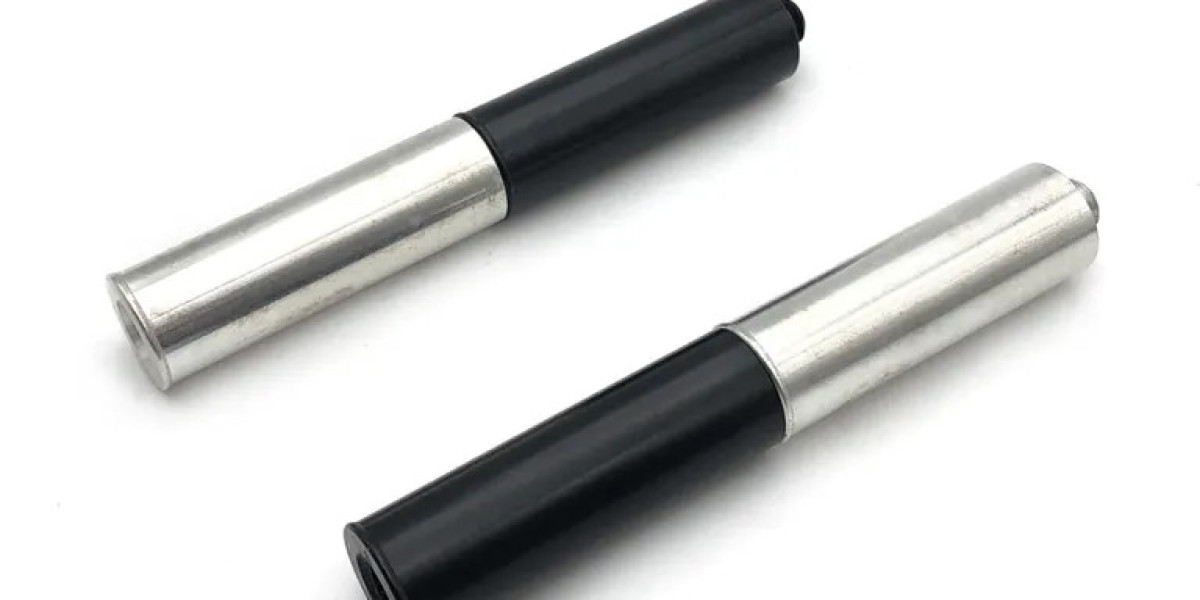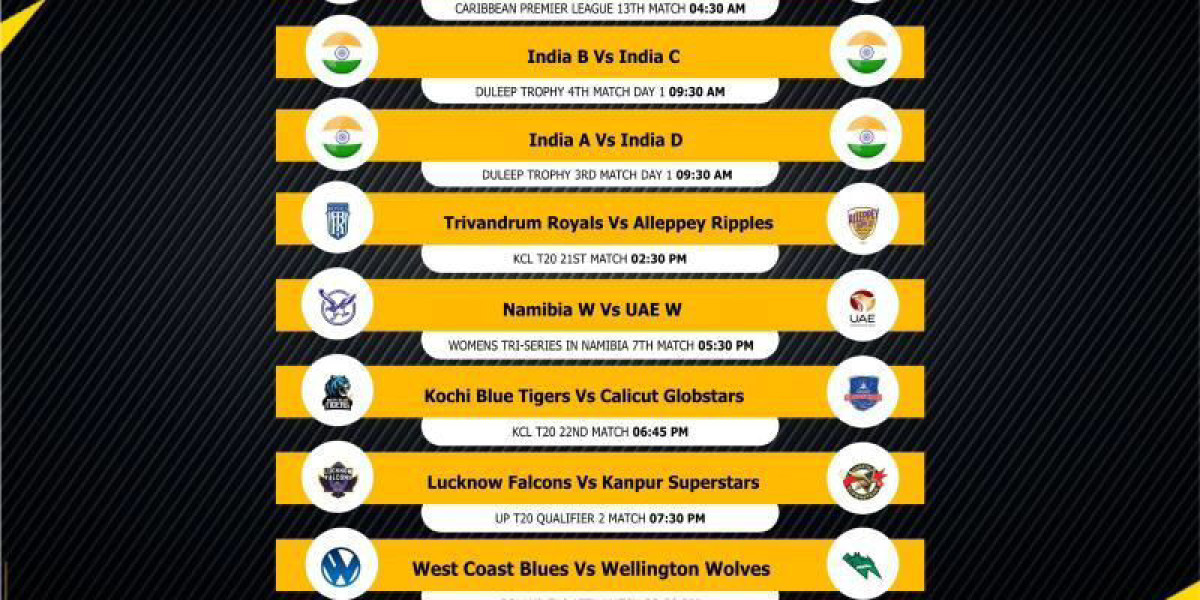Introduction
Purchasing a used car in Japan can be an exciting yet intricate process. Whether you're a local resident or an international buyer, understanding the steps involved in buying from used car dealers in Japan is essential for a smooth transaction. From the initial search to the moment you drive off the lot, each phase involves specific paperwork, regulations, and procedures that ensure both the buyer and seller are protected. This guide will walk you through the key steps to navigate the buying process at Japanese used car dealerships.
Step 1: Researching and Choosing a Car
The first step in buying a used car in Japan is determining what kind of vehicle you want. Japan has an extensive market for used cars, with a wide variety of models from both domestic and international brands. Many dealerships, whether physical or online, offer a detailed inventory of their cars, along with pictures, specifications, and pricing information.
When selecting a car, consider factors such as:
- Purpose: Will you be using the car for daily commuting, weekend trips, or as a family vehicle?
- Budget: Determine how much you are willing to spend, keeping in mind additional costs such as taxes, registration fees, and insurance.
- Condition: Used cars in Japan are often in excellent condition, but it’s still important to check the mileage, maintenance history, and whether the car has passed the necessary inspections.
Online platforms such as Goo-net and Carview allow you to search through various listings from used car dealers in Japan, making it easy to compare options before visiting a dealership in person.
Step 2: Visiting the Dealership
Once you have a car in mind, it’s time to visit the dealership. In Japan, the process of buying a used car can be very formal and well-organized. Dealerships are typically located in both urban and rural areas and offer a range of vehicles, from smaller compact cars to larger trucks and luxury vehicles.
When you visit a dealership, you will often find sales representatives who are knowledgeable and can guide you through the buying process. Many dealerships in Japan cater to international buyers and offer services in English, though it’s always beneficial to bring someone fluent in Japanese if possible.
Step 3: Inspecting the Car
Before making a purchase, it’s crucial to thoroughly inspect the car. Japanese used car dealers often provide a detailed report of the car's condition, including any accidents or repairs the vehicle has undergone. However, it’s always a good idea to check for yourself. Key areas to inspect include:
- Exterior: Look for any signs of damage, rust, or repainting, which could indicate past accidents.
- Interior: Ensure the upholstery, dashboard, and controls are in good condition.
- Engine: Check the engine for any signs of wear, leaks, or unusual noises. It’s also a good idea to ask for the car’s service history.
- Tires and Suspension: Examine the tires for tread wear and check the suspension system for any issues.
Japanese used cars typically undergo a rigorous inspection process, including a safety check known as the “shaken” inspection, which ensures the car meets Japan’s strict roadworthiness standards.
Step 4: Negotiating the Price
Once you’re satisfied with the condition of the car, it’s time to negotiate the price. Although Japan is known for having fixed prices at some dealerships, many are open to negotiation, especially if you’re purchasing multiple vehicles or if the car has been on the lot for a while. Be sure to research the market value of the vehicle to ensure you’re getting a fair deal. Don’t hesitate to ask about any additional fees or costs, such as delivery charges, cleaning, or preparation fees.
Step 5: Handling the Paperwork
Once you’ve agreed on a price, the next step is to complete the paperwork. The process of buying a used car in Japan involves several legal and administrative steps to ensure the transaction is recorded and the car is legally registered.
Some of the essential documents you will need include:
- Proof of identity: This could be your Japanese driver’s license or passport if you are a foreign national.
- Proof of address: A utility bill or rental agreement will be required to confirm your residence in Japan.
- The car’s registration documents: The dealership will provide these along with the vehicle’s inspection certificate.
Additionally, you will need to complete the following forms:
- Sales contract: A formal document outlining the terms of the sale, including the price, vehicle details, and delivery terms.
- Transfer of ownership: The dealership will help you fill out a transfer of ownership form to change the car’s registration from the seller’s name to yours.
- Payment: In Japan, payments can be made via bank transfer, cash, or credit card. Some dealerships may offer financing options if needed.
Step 6: Insurance and Registration
In Japan, car insurance is mandatory, and you will need to secure a policy before you can take possession of the vehicle. There are two types of insurance to consider: mandatory insurance (compulsory automobile liability insurance) and optional insurance (comprehensive coverage).
Additionally, you will need to register the car at the local motor vehicle office. This process involves submitting the necessary paperwork, paying any registration fees, and obtaining a license plate. Some dealerships will assist with this process as part of their service.
Step 7: Pickup and Finalizing the Deal
Once all paperwork is completed, and the insurance and registration are taken care of, you can finally pick up your car. Many Japanese used car dealerships offer a delivery service, where they will bring the car to your home or another location, saving you the hassle of traveling to the dealership.
Upon receiving the car, it’s always good practice to give the vehicle one final inspection before you drive off. Make sure the car’s documents, keys, and any accessories are provided.
Conclusion
The process of buying a used car in Japan can be a rewarding experience when you know what to expect. From finding the right vehicle to navigating paperwork, insurance, and registration, used car dealers in Japan typically provide a streamlined process that ensures both buyer and seller are protected. By following the outlined steps and doing your due diligence, you can confidently purchase a used car in Japan and enjoy your new ride.








